I also note any ideas that occur to me so I don't forget them. In fact, during the whole process of listing scenes, ideas keep occurring to me for adding interest, excitement and originality. I invent some new scenes too and add snatches of dialogue. I also note on the index cards the page numbers in the book where the scenes and other items of interest appear, for ease of reference later on.
STEP TWO: On Tuesday morning I grab a pack of index cards, my notebook, a pencil and my car keys and head out to the local Starbucks. Once the requisite peppermint latte has been purchased, I grab a free table with the most sunlight by the window (I suffer from Seasonal Affective Disorder) and break open my index cards.
At the top of each index card, I write the scene heading and beneath that a sentence or two of action. I might include a snippet of dialogue too if something occurs to me. On the back of the index card, I write the number of the scene and circle it. This way, if a windstorm suddenly scatters my index cards, I'll be able to put them back in order more easily.
I insert new scenes here and there and break a couple of scenes into two of more parts, numbering them 13.2, 15.3, etc. At last I record the last scene on index card No. 51. With the added scenes, I've got about 60 scenes in total. Yikes! And this is just for book 4. Remember, a page of screenplay equals roughly a minute of film, and kids' movies usually run around 120 minutes. The first screenplay for books 1-3 is already around 110 pages. I comfort myself with the fact that at least I've started the process.
STEP THREE: Bright and early Wednesday morning, I extend my dining room table to its full length and lay out my index cards in rows.
Hour after hour I pour over the index cards while asking myself these questions. Slowly I weed out scenes that seem irrelevant or unimportant. A few are somewhat repetitive so I combine them. This requires some adjustment as far as timing and even the ordering of certain events goes, but makes for tighter, more interesting, fast-paced action, which is good.
I pour over those index cards for two more days, weeding out more irrelevant scenes, combining others and inserting new ones. I invent some scenes and insert them in certain spots to provide a character thread and add some suspense. I also change the order of some of the scenes, but not too much: movies for children are usually enjoyed best when presented in a logical, progressive fashion rather than in flashbacks and bouncing around between past, present and future.
I type the scene heading on the first index card and add whether it's interior or exterior, the location, and the time of day, e.g. INT. ICE RINK - AFTERNOON. In the body of the index card I type the brief action summary, notes, bits of dialogue etc. As I create each index card on the right side of the screen, the scene heading is duplicated on the left side of the screen, which contains the actual screenplay.
On Sunday afternoon, I page down through my scenes and do some tweaking. Even now, I'm still finding scenes to discard or combine. On the left side of the screen, I start typing the action below each scene heading, e.g. "GAPPY (14, tall, dark hair ...) is skating alone when a trio of GIGGLING GIRLS girls approaches him on a collision course." If you want more information on how the actual screenplay program works, see my earlier blog post of 5/18/14, entitled Hollywood News and the Next Book.
STEP FIVE: It's Monday morning and I'm liking how my scene headings and corresponding action and descriptions (brief as possible) are looking. Now it's time to add the dialogue. One week to go to submit-to-producer time.
"This will be the hardest part," I think to myself, but it actually turns out to be the easiest, even though I basically create most of the dialogue from scratch. Only rarely do I feel the need to look up the language used by the characters in the books. Typing on my laptop at the dining room table overlooking the back yard, I play out the scenes in my head. I even act out a few (as long as no one's watching me), and the dialogue almost writes itself. Not only is this the easiest part but it's a heck of a lot of fun too!
I complete a dining-table line or two of scenes per day, and by the end of the week I have all the dialogue down. The deadline's up for submitting the script to J the producer, but there's no way I'm sending it to her until I've read, reread and edited it 20 to 30 times more.
STEP SIX: The next week, I edit, edit, edit, edit, and edit some more. I pare down the dialogue, concentrating just as hard on the unspoken word as on the spoken one. For example, instead of Character A saying, "I dunno," and Character B agreeing with the response, "Beats me," they can just as easily shrug at each other or swap glances. The audience will "get" what's going on and feel more connected and invested in the characters and the mood of the scene than they will if they're made to listen to a verbal exchange which doesn't require as much of their own imagination to mentally and emotional discern what's taking place.
Another challenge I face when writing dialogue is that although I've lived in the States for a long time, my writing has remained quite British in style, and the characters in my books sound a little British too. This lends them a certain charm on the page, but for an American-made movie, J wants them to sound American. Therefore, on Sunday afternoon, my daughter helps me Americanize the dialogue where necessary. Plus, she teaches middle school so she's perfect for telling me, "Mom, kids don't say that!" and suggesting editing changes. I'm definitely including her in the movie credits.
I stay up til the early hours of Monday morning doing several final read-throughs and making slight changes. Finally I begin to experience that mental tingling elicited by a great sense of accomplishment and satisfaction for a job well done. I'm excited, thrilled, full of energy at 2:00 in the morning. I e-mail the screenplay to J and can't wait to hear what she thinks of it.
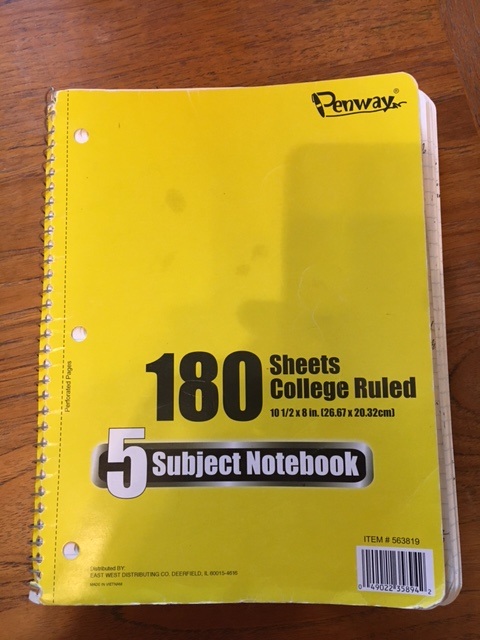
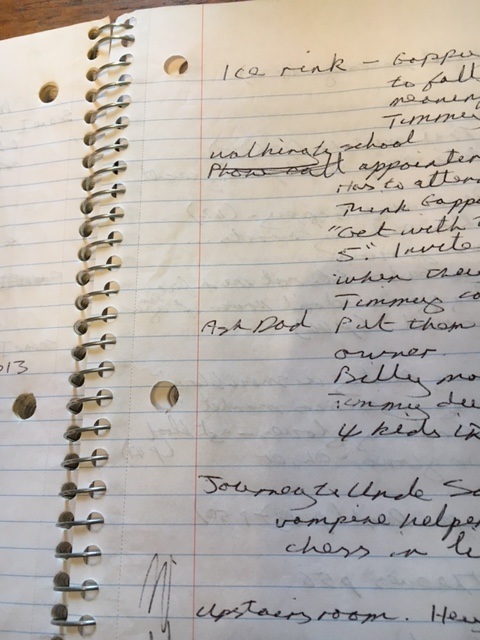
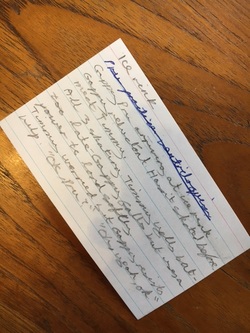
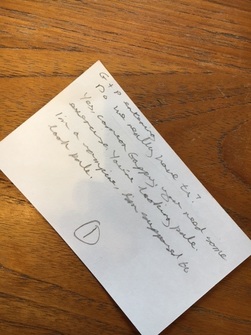
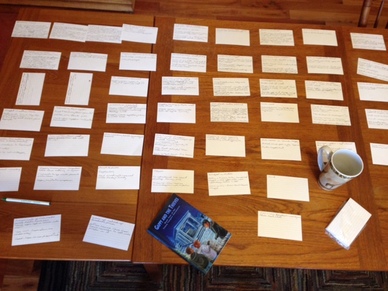
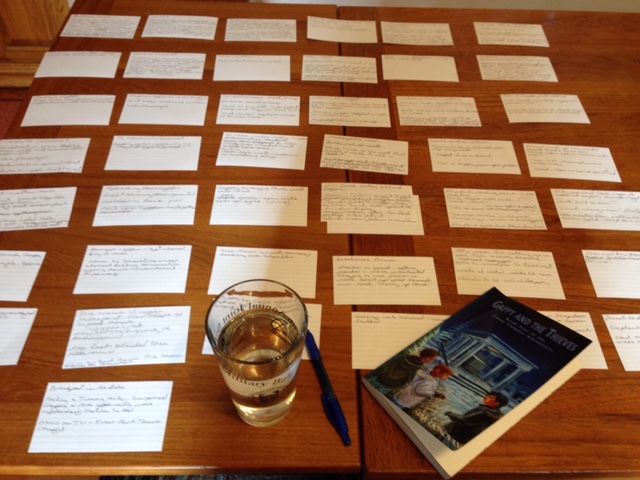
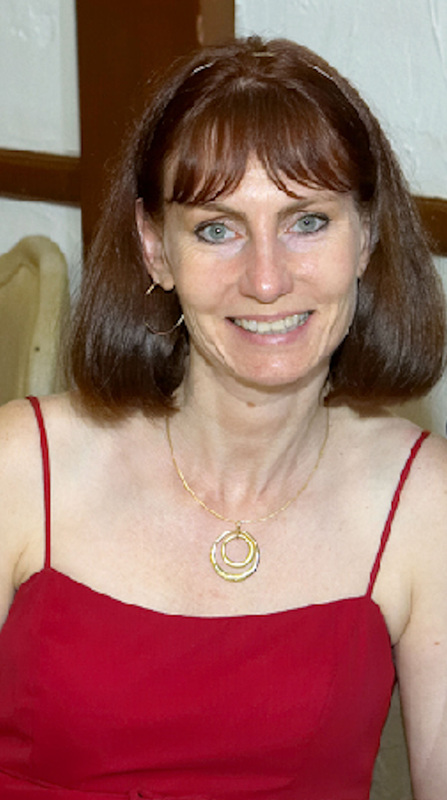
 RSS Feed
RSS Feed